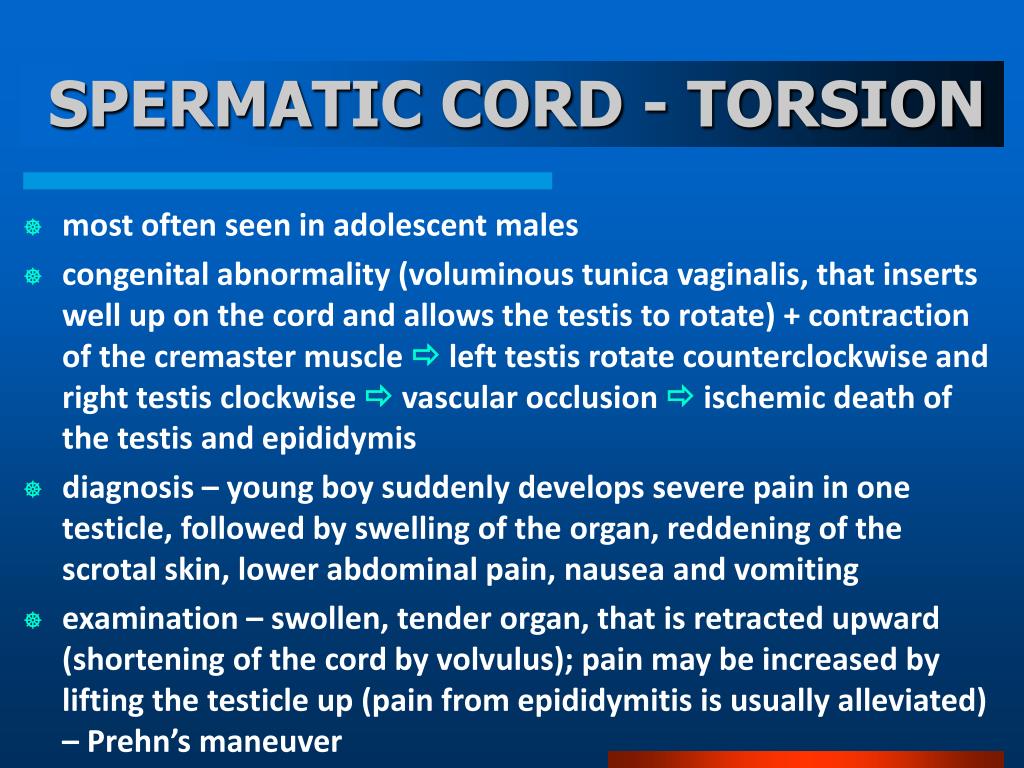


Furthermore, whilst NE deficiency led to reduced neutrophil activation and vascular leakage, levels of monocytes and pro‐healing M2 macrophages were reduced in tissues of NE‐/‐ mice subjected to I/R. The cremaster reflex results in a contraction of this muscle which allows the testicle to rise upwards. This effect was associated with the suppression of NE‐mediated remodeling of the low matrix protein expressing regions within the venular BM used by transmigrating neutrophils as exit portals. Analysis of inflamed cremaster muscle and mesenteric microvessels by intravital and confocal microscopy revealed a selective entrapment of neutrophils within venular walls, most notably at the level of the venular basement membrane (BM) following NE‐deletion/pharmacological blockade. In all models, neutrophil migration into ischemic regions was significantly suppressed in NE‐/‐ mice as compared to wild‐type controls. Here we conducted a comprehensive analysis of the impact of NE genetic deletion on neutrophil infiltration in four murine models of I/R injury as induced in the heart, kidneys, intestine and cremaster muscle. However, the mechanisms of action of NE, and hence its inhibitors, in this process is not fully understood. In this context, pharmacological targeting of neutrophil elastase (NE) has shown promising anti‐inflammatory efficacy in a number of experimental and clinical settings of I/R injury, and is considered a plausible clinical strategy for organ care. Significant efforts have been invested in identifying therapeutic targets to suppress neutrophil recruitment and activation post I/R injury.
#Cremaster muscle injury free#
I/R injury is characterized by a rapid influx of activated neutrophils secreting toxic free radical species and degrading enzymes that can irreversibly damage the tissue, thus impairing organ functions. Decreased leukocyte activation is interpreted as prevention or modulation of systemic inflammatory response following burn injury.Ischemia/reperfusion (I/R) injury is a severe inflammatory insult associated with numerous pathologies such as myocardial infarction, stroke and acute kidney injury. In conclusion, we demonstrated that CN treatment significantly decreased the activation of leukocytes, which plays an important role in systemic inflammation. The cremaster muscle is a paired structure made of thin layers of striated and smooth muscle. We observed that CN treatment significantly reduced the number of activated leukocytes following burn injury (P<0.001). The cremasteric reflex is most commonly performed in the evaluation of acute scrotal pain and the assessment for testicular torsion that is commonly associated with an apparent loss of the reflex. Burn injury significantly increased the number of activated leukocytes (P<0.001). Blood vessels were observed in vivo under an intravital microscopy system and the number of rolling, sticking, and transmigrating leukocytes were measured in each group. Twenty-eight animals were studied in four groups-group I (control), only cremaster muscle flap was dissected group II (burn injury), burn injury was performed and flap was dissected group III (saline) and group IV (CN), following burn injury rats treated with saline and CN, respectively, and than flaps were dissected. In this study, we tested the hypothesis that prevention or modulation of LPC initiated cell activation by fixing LPC in eschar tissue with CN treatment, would reduce the number of activated leukocytes, which is an important indicator of inflammation, in rat cremaster muscle flap model. It is reported that cerium nitrate (CN) might fix LPC in eschar tissue and prevent LPC from entering the circulation.

It is suggested that burn toxin known as lipid protein complex (LPC) stimulates phagocytic cells that cause the release of a variety of inflammatory mediators which induce the activation of leukocytes.


 0 kommentar(er)
0 kommentar(er)
